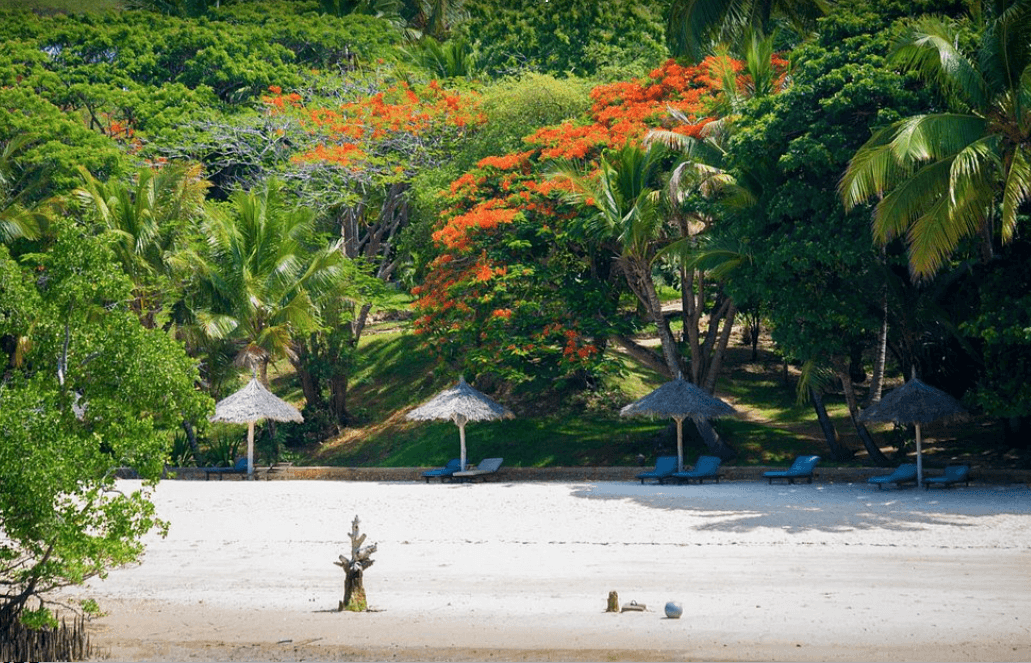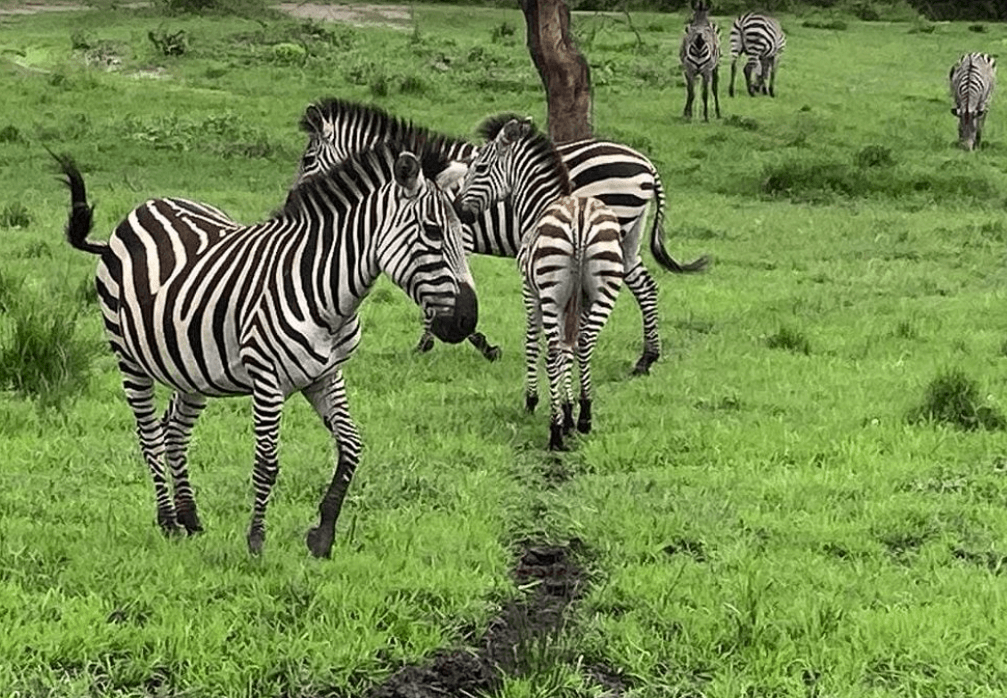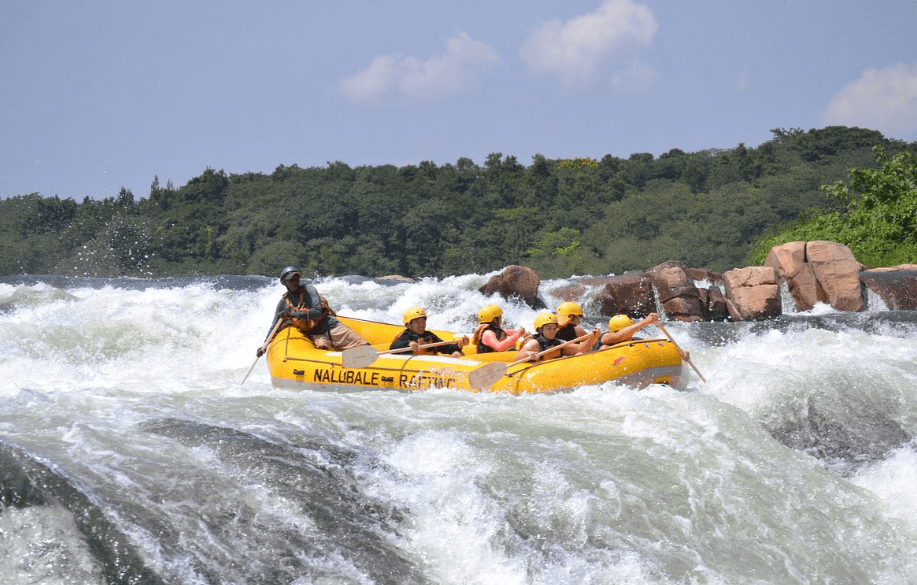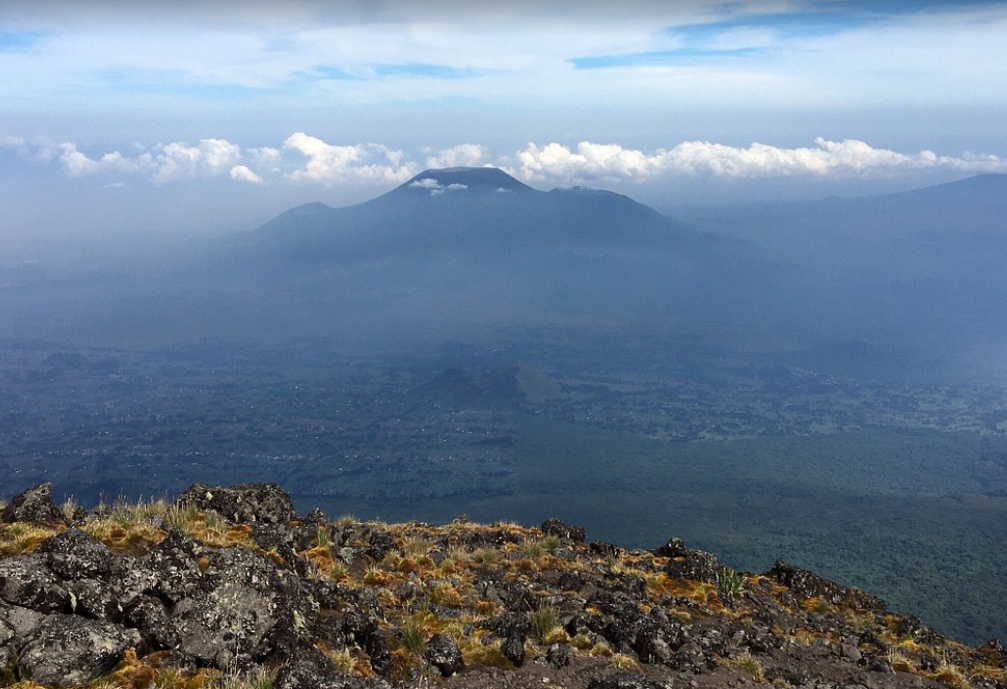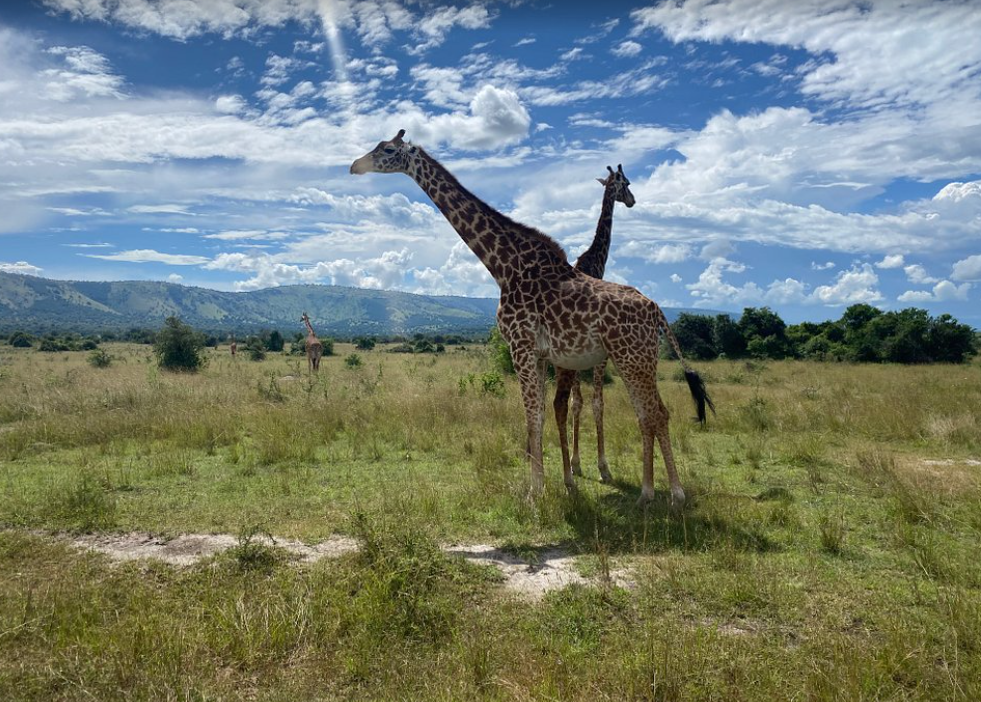Meru National Park, Kenya: A Hidden Gem for Safari Enthusiasts
Meru National Park, located in central Kenya, is one of the country’s most pristine and lesser-visited safari destinations. Known for its rugged wilderness, lush landscapes, and abundant wildlife, the park provides a unique safari experience away from the bustling crowds of more popular reserves. With its diverse habitats and the chance to explore unspoiled nature, Meru National Park is a true paradise for nature lovers and adventurers.
Where is Meru National Park Located?
Meru National Park lies to the northeast of Mount Kenya, spanning approximately 870 square kilometers in Meru County. It is bordered by the Tana River to the south and surrounded by several smaller reserves, including Bisanadi, Rahole, and Kora.
The park’s location within Kenya’s semi-arid region means it boasts a mix of savannah, riverine forests, and swamps, creating a diverse ecosystem teeming with life.
How to Get to the Park
Reaching Meru National Park is straightforward, with both air and road options available.
By Air
- Fly from Wilson Airport in Nairobi to one of the park’s airstrips, such as Kinna or Elsa’s Kopje.
- Flights are available daily and take approximately one hour.
By Road
- Meru is about 350 kilometers from Nairobi, a journey of approximately 5-6 hours by car.
- The route passes through Thika and Meru towns, offering scenic views of central Kenya’s highlands.
- A 4×4 vehicle is recommended, especially during the rainy season, as some sections of the road can be rough.
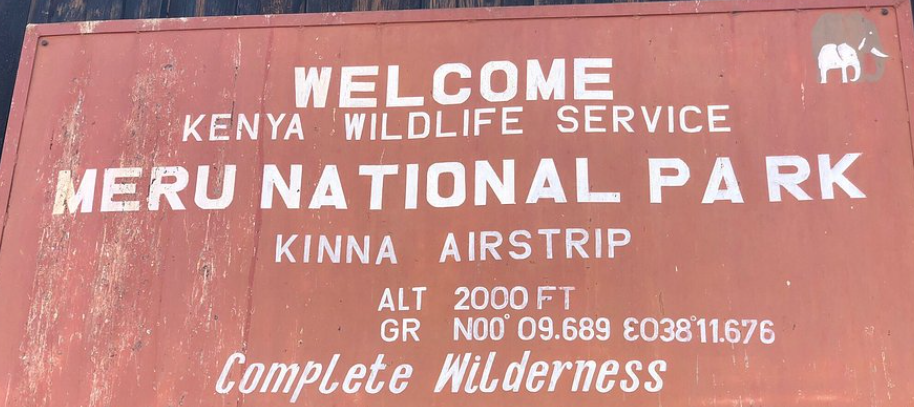
Why Visit Meru National Park?
Meru National Park stands out for its unique attractions and serene atmosphere, making it a must-visit destination.
1. Abundant Wildlife
The park is home to the “Big Five” (lion, leopard, elephant, buffalo, and rhino) and many other animals, including cheetahs, giraffes, zebras, hippos, and crocodiles. Its diverse habitats also support lesser-seen species like caracals and gerenuks.
2. Birdwatching Haven
Meru boasts over 400 bird species, making it a paradise for bird enthusiasts. Look out for the African fish eagle, golden-breasted starling, and sunbirds.
3. Scenic Landscapes
The park’s landscapes are breathtaking, featuring rolling hills, lush grasslands, and riverine forests. The Tana River and several streams meander through the park, creating a lush oasis in the otherwise arid surroundings.
4. Conservation History
Meru gained fame as the setting for the book and movie Born Free. It was here that George and Joy Adamson rehabilitated Elsa the lioness, contributing to global conservation awareness.
5. Peaceful and Less Crowded
Unlike the Maasai Mara or Amboseli, Meru offers a quieter safari experience. Visitors can enjoy exclusive game drives and a sense of solitude in the wilderness.
Meru national park Accommodation
Meru National Park offers a variety of accommodations to suit different budgets and preferences.
Luxury Lodges
- Elsa’s Kopje Lodge: A luxurious retreat perched on Mughwango Hill with stunning views of the park.
- Rhino River Camp: Offers stylish tents along the riverbank, blending comfort with nature.
Mid-Range Lodges
- Ikweta Safari Camp: A comfortable option with excellent amenities, located near the park’s entrance.
- Murera Springs Eco Lodge: Provides cozy accommodations with an eco-friendly touch.
Budget Campsites
- Public Campsites: Basic camping facilities are available for those seeking a more rugged experience.
- Community Campsites: Operated by local communities, these campsites offer affordable stays while supporting conservation and local livelihoods.
Best Time to Visit Meru Park
The best time to visit Meru National Park depends on your interests and preferred activities.
Dry Season (June to September and January to February)
- Ideal for wildlife viewing as animals gather around water sources.
- The roads are easier to navigate, and the vegetation is less dense, making it easier to spot wildlife.
Wet Season (March to May and October to December)
- Perfect for birdwatching, as migratory birds flock to the park.
- The landscape is lush and green, offering stunning photographic opportunities.
- However, some roads may become challenging to navigate due to heavy rains.
FAQs
What animals can I see in Meru National Park?
You can see lions, leopards, elephants, buffalo, rhinos, giraffes, zebras, hippos, crocodiles, and various antelope species. The park is also home to unique animals like the caracal and gerenuk.
Is Meru National Park suitable for families?
Yes, Meru is family-friendly, with lodges and activities catering to visitors of all ages.
What should I pack for my trip to Meru?
Pack lightweight clothing, sturdy walking shoes, sunscreen, insect repellent, binoculars, and a camera.
How many days should I spend in Meru?
A 2-3 day visit is ideal for exploring the park and enjoying its wildlife and landscapes.
Can I combine Meru with other parks?
Yes! Meru pairs well with nearby reserves like Samburu, Buffalo Springs, and Aberdare National Park for a diverse safari experience.
Meru National Park is a hidden gem that offers a unique safari experience. From abundant wildlife and breathtaking landscapes to its rich conservation history, the park is a perfect destination for nature enthusiasts. Whether you’re seeking adventure, tranquility, or a deeper connection with Kenya’s natural beauty, Meru National Park has it all.
Start planning your trip today and discover the magic of this unspoiled wilderness!

